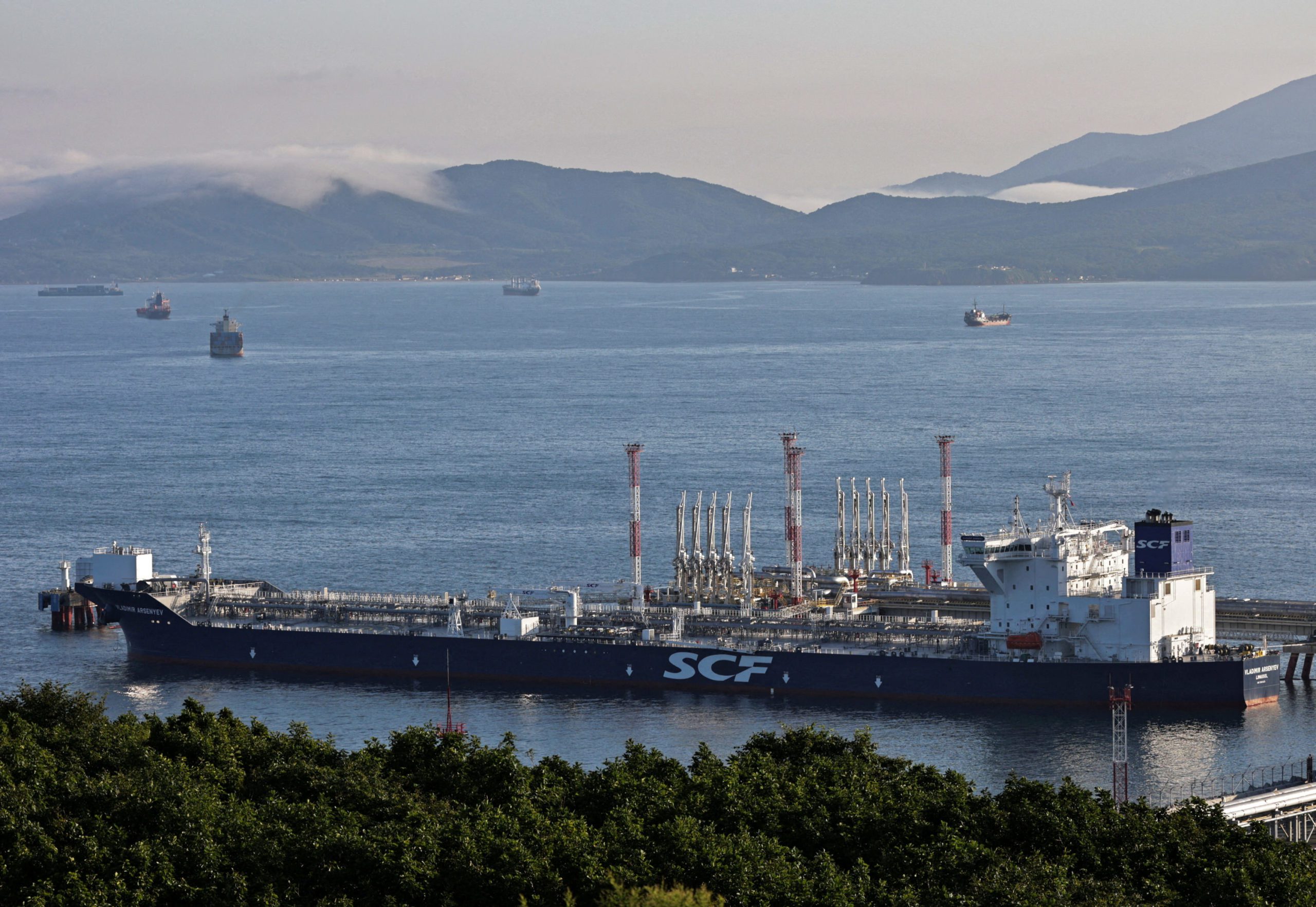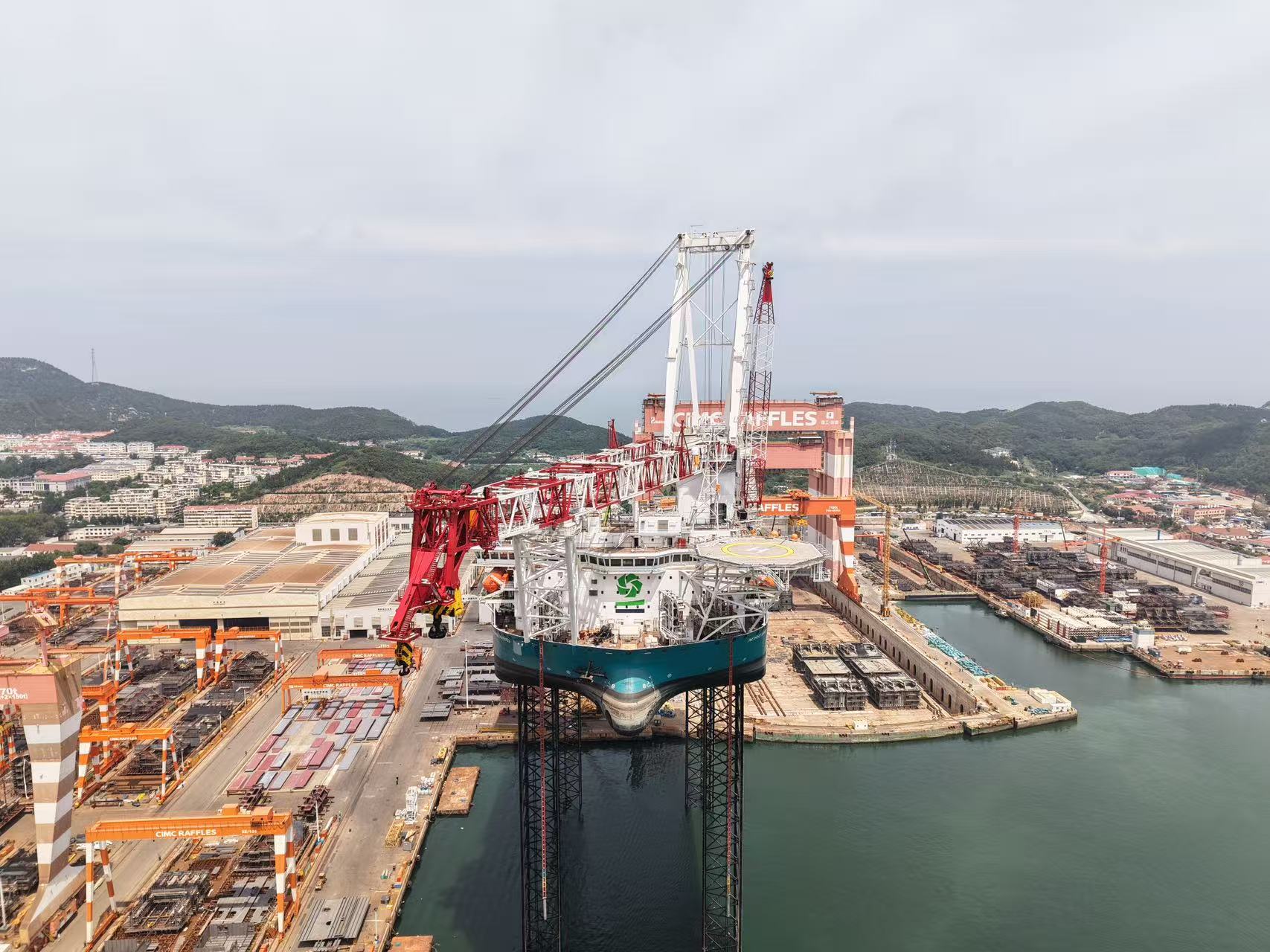(Bloomberg) Myanmar’s opening to foreign investment has been compared to the fall of the Berlin Wall and the start of an economic growth story to emulate Vietnam. How those views pan out will be largely decided by natural gas.
Exxon Mobil Corp. (XOM), Woodside Petroleum Ltd. (WPL) and Oil India Ltd. (OINL) are among 59 global energy companies lining up for a share of Myanmar’s estimated $75 billion bounty of the fuel, according to the country’s energy ministry. While oil and gas have been pumped for decades, investment largely dried up during almost five decades of military rule that ended in 2012.
Wedged between energy-hungry China and India, Myanmar needs more investment to explore its gas potential. Energy and industries such as agriculture need a combined $320 billion through 2030 to help the economy achieve 8 percent annual growth, a report last week by McKinsey Global Institute forecast.
“People see Myanmar as a frontier market,” Melinda Tun, a senior associate at law firm Baker & McKenzie, said in a June 4 phone interview in Sydney. “If you can get a first-mover advantage you could be well set for years to come. It sits between the two most populous economies in the world.”
The nation’s transition to democracy in 2012 prompted the U.S. to ease sanctions last May. Concerns about government transparency and ethnic violence persist among investors in Myanmar, which is hosting a three-day World Economic Forumon East Asia that concludes today.
‘Low-Hanging Fruit’
Heads of state were called to today’s forum, as well as executives from companies including General Electric Co. (GE), Unilever NV and WPP Plc, the world’s largest advertising company.
France’s largest oil producer Total SA (FP), Italy’s biggest oil company Eni SpA (ENI) and India’s leading explorer Oil & Natural Gas Corp. (ONGC) have qualified to explore onshore fields. Investors seeking 30 offshore blocks in Myanmar, where gas is the biggest revenue earner, must lodge their statements of interest by June 14, the government said in April.
“A lot of low-hanging fruit hasn’t been caught,” Olivia Boyd, a Beijing-based energy analyst at IHS Global Insight, said by phone. “A lot of prospective areas are unexplored.”
Korea Gas Corp. (036460), the world’s biggest LNG buyer,PTT Exploration & Production Pcl (PTTEP), Thailand’s biggest publicly traded exploration company, and Malaysia’s Petroliam Nasional Bhd. have also qualified to bid for the onshore blocks, according to Myanmar’s energy ministry.
Myanmar Potential
Woodside, Australia’s second-largest oil and gas producer, is evaluating bids on offshore blocks after reaching two exploration deals last year in the country, Chief Executive Officer Peter Coleman said in a May 28 interview in Brisbane.
Myanmar’s reserves are “quite modest,” Coleman said in an interview yesterday at the economic forum. “This is all about potential. We are talking about potential in deep waters offshore of Myanmar. It’s a story about the future of Myanmar. It’s not a story about what Myanmar has done.”
Oil India, that nation’s second-biggest state explorer, plans to bid for onshore fields in Myanmar, T.K. Ananth Kumar, finance director at the company, said in a June 5 interview.
PTT Pcl, the parent company of PTTEP, is one of the largest investors in Myanmar and is “planning a lot more” in the country, CEO Pailin Chuchottaworn told Bloomberg Television in an interview yesterday at the forum.
“There’s a lot of energy demand in this country given the energy shortage problem here,” he said.
Myanmar has 7.8 trillion cubic feet of proven natural gas reserves, according to BP Plc data, worth about $75 billion at benchmark prices for gas futures traded in the U.K.
Unknown Potential
The U.S. Energy Information Administration estimates the country, also known as Burma, had 10 trillion cubic feet of proven reserves and produced 421 billion cubic feet of the fuel in 2011. The reserves are 1.9 percent of known deposits in the Asia Pacific, according to the EIA.
“The potential gas reserves could be much bigger than what is known,” Kumar said. “In the long-term, we need to be in Myanmar. It’s one of the last Asian countries opening up.”
Sanctions, a lack of technical capacity, opaque regulatory policy, and insufficient investment by foreign firms have significantly impeded the country’s efforts to realize its oil and gas production potential, the EIA said on its website.
Human Rights Watch has accused Myanmar’s government of destroying mosques, conducting mass arrests, blocking aid to displaced Muslims and dumping bodies in mass graves since sectarian violence began last June.
‘Deep Concern’
While U.S. President Barack Obama praised Myanmar’s progress toward democracy after a meeting with President Thein Sein on May 20 at the White House, he expressed “deep concern” about violence against ethnic and religious minorities and said abuse of human rights needs to stop.
Ranked No. 172 of 176 nations in Transparency International’s 2012 corruption index, Thein Sein’s government might be challenged to find a balance between attracting capital and limiting a flood of money from mostly benefiting an elite.
The government seems to be taking steps to provide transparency in Myanmar’s oil and gas sector and foreign investors need that or they’ll come under fire for their investments in the country, Tun of Baker & McKenzie said. Thein Sein signed a foreign investment bill in November to spur overseas companies to spend more.
First Export
The country exported its first barrel of oil in 1853. It now has 16 foreign companies working on 17 onshore exploration blocks and 15 exploring or producing in 20 offshore blocks, all in partnership with the state-owned Myanmar Oil and Gas Enterprise, the World Economic Forum said in a report this month.
Energy and mining together is the fourth-biggest contributor to Myanmar’s gross domestic product, with agriculture being the largest at $21.2 billion, according to McKinsey.
Infrastructure spending was second at $10.5 billion and manufacturing third with $9.8 billion. The energy and mining sector is projected to expand to $21.7 billion by 2030 from $8 billion in 2010, according to the report.
Myanmar’s economy may grow 6.75 percent this fiscal year, driven by natural gas sales and investment, according to the International Monetary Fund. GDP in the year that ended March 31 expanded an estimated 6.5 percent, the IMF said last month.
Australian explorer Roc Oil Co., which qualified for the onshore bidding round in Myanmar, said in February that it believes the country has “the potential for significant discoveries and transformational growth.”
By Rakteem Katakey (c) 2013 Bloomberg

 Join The Club
Join The Club











